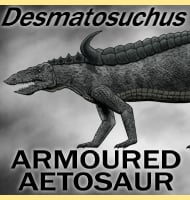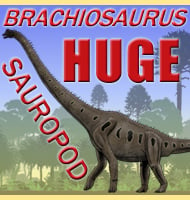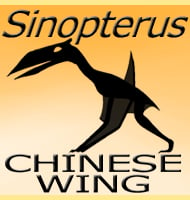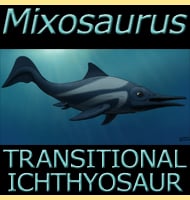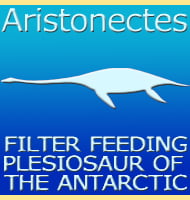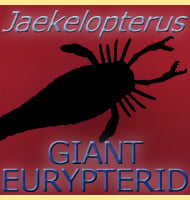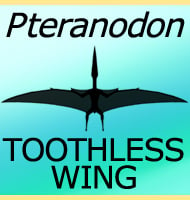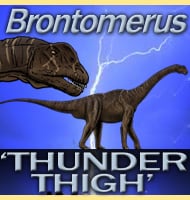In Depth
Abyssosaurus is a genus of plesiosaur that lived in Russia during the Early Cretaceous. At the time of its description Abyssosaurus was identified as a link between Late Jurassic forms such as Tatenectes and Kimmerosaurus, and Late Cretaceous forms such as Aristonectes and Kaiwhekea. A slightly later study in 2013 by Benson & Druckenmiller identified Abyssosaurus as a close relative of Colymbosaurus.
Abyssosaurus is noted as having a strong level of pachyostosis in the gastralia (belly ribs) as well as the flippers. This is thought to have made Abyssosaurus less buoyant, but also more stable in turbulent waters. Abyssosaurus is also noted for having rear flippers larger than the front flippers. A theory put forward about Abyssosaurus and similar plesiosaurs (Berezin, 2019) suggests that these creatures would be efficient divers comfortably capable of hovering at diagonal angles while they searched the sea floor for prey.
Further Reading
- A new plesiosaur of the family Aristonectidae from the Early Cretaceous of the center of the Russian Platform. - Paleontological Journal 45(6):648-660. - A. Yu. Berezin - 2011. – Faunal turnover of marine tetrapods during the Jurassic-Cretaceous transition. – Biological Reviews. 89 (1): 1–23. – R. B. J. Benton & P. S. Druckenmiller – 2013. – Craniology of the Plesiosaur Abyssosaurus nataliae Berezin (Sauropterygia, Plesiosauria) from the Lower Cretaceous of the Central Russian Platform. – Paleontological Journal. 52 (3): 328–341. – A. Y. Berezin – 2018. – Morphofunctional features of the plesiosaur Abyssosaurus nataliae (Plesiosauroidea: Plesiosauria) in connection with adaptations to a deep-water lifestyle. – Ministry of National Resources and Ecology of the Russian Federation [in Russian]. – A. Berezin – 2019.


